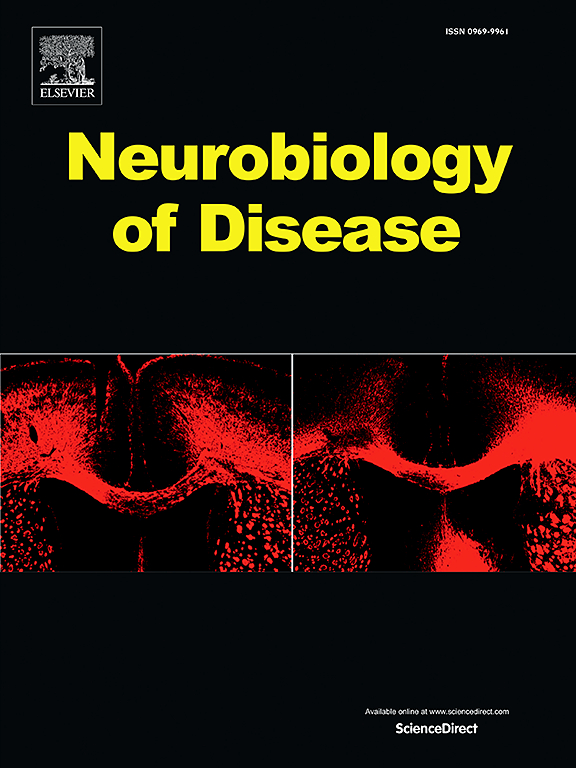Dysregulated balance of D- and L-amino acids modulating glutamatergic neurotransmission in severe spinal muscular atrophy
IF 5.1
2区 医学
Q1 NEUROSCIENCES
引用次数: 0
Abstract
Spinal muscular atrophy (SMA) is a neuromuscular disorder caused by reduced expression of the survival motor neuron (SMN) protein. In addition to motor neuron survival, SMN deficiency affects the integrity and function of afferent synapses that provide glutamatergic excitatory drive essential for motor neuron firing and muscle contraction. However, it is unknown whether deficits in the metabolism of excitatory amino acids and their precursors contribute to neuronal dysfunction in SMA. To address this issue, we measured the levels of the main neuroactive D- and L-amino acids acting on glutamatergic receptors in the central nervous system of SMN∆7 mice as well as the cerebrospinal fluid (CSF) of SMA patients of varying severity before and after treatment with the SMN-inducing drug Nusinersen. Our findings reveal that SMN deficiency is associated with disruption of glutamate and serine metabolism in the CSF of severe SMA patients, including decreased concentration of L-glutamate, which is partially corrected by Nusinersen therapy. Moreover, we identify dysregulated l-glutamine/L-glutamate ratio as a shared neurochemical signature of altered glutamatergic synapse metabolism that implicates neuron-astrocyte dysfunction in both severe SMA patients and mouse models. Lastly, consistent with hypo-glutamatergic neurotransmission in SMA, we show that daily supplementation with the NMDA receptor co-agonist d-serine improves neurological deficits in SMN∆7 mice. Altogether, these findings provide direct evidence for central dysregulation of D- and L-amino acid metabolism linked to glutamatergic neurotransmission in severe SMA and have potential implications for treating this neurological disorder.
求助全文
约1分钟内获得全文
求助全文
来源期刊

Neurobiology of Disease
医学-神经科学
CiteScore
11.20
自引率
3.30%
发文量
270
审稿时长
76 days
期刊介绍:
Neurobiology of Disease is a major international journal at the interface between basic and clinical neuroscience. The journal provides a forum for the publication of top quality research papers on: molecular and cellular definitions of disease mechanisms, the neural systems and underpinning behavioral disorders, the genetics of inherited neurological and psychiatric diseases, nervous system aging, and findings relevant to the development of new therapies.
 求助内容:
求助内容: 应助结果提醒方式:
应助结果提醒方式:


